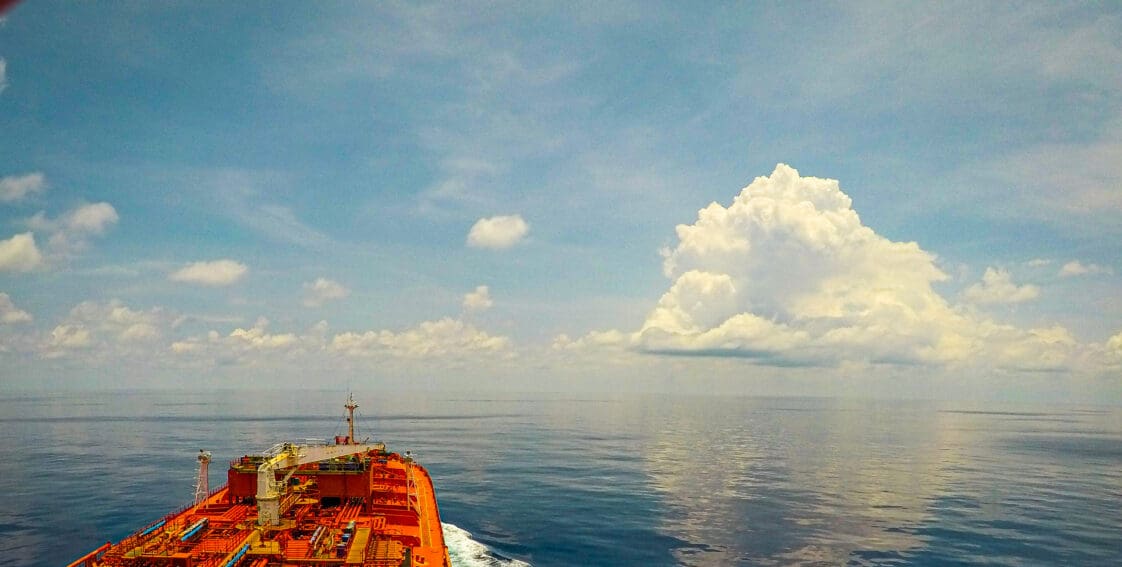
Understanding MARPOL Annex V – Garbage Management Onboard Ships
MARPOL Annex V is a critical component of the International Convention for the Prevention of Pollution from Ships established by the International Maritime Organization (IMO). The primary goal of Annex V is to regulate the disposal of garbage from ships, significantly reduce pollution, and protect the marine environment.
Annex V Requirements
Prohibited Materials
Under Annex V, the following materials cannot be disposed of:
- Plastics, including synthetic ropes, fishing gear, and plastic bags, because they are non-biodegradable and harmful to marine life.
- Dunnage, lining, packing materials, and other materials that float. This could include Styrofoam, plastic pellets, and other synthetic materials that can cause similar environmental issues as plastics.
- Cooking oil, which can form films on the water surface, affecting oxygen transfer between the atmosphere and ocean and harming marine life.
- Incinerator ashes, which may contain toxic or heavy metals that can contaminate marine ecosystems and bioaccumulate in the food chain.
- Operational waste, or any garbage generated in the ship’s operational processes, except for food waste. Examples of operational waste could include cleaning materials and maintenance waste.
- Cargo residues, which are “the remnants of any cargo not covered by other Annexes…and which remain on deck or in holds following loading or unloading.”
Regulated Waste
The only waste that can be disposed of is food waste and certain clean (non-harmful) cargo residues. However, there are some regulations.
Food waste disposal is permitted based on the ship’s distance from the nearest land. Food waste can be discharged at a minimum distance of 3 nautical miles from the nearest land/outside defined “special areas” or at least 12 nautical miles if the waste is within a special area. Additionally, food waste must be ground to a particle size of less than 25mm (one inch).
Clean cargo residue requirements are a little more complex. Generally, most clean cargo residue contained in washwater can be disposed of outside of special areas and Arctic waters as long as it’s discharged at least 12 nautical miles away from special areas. Some clean residues can be disposed of within special areas and Arctic waters, but certain conditions outlined in 6.1.2 and 5.2.1.5 of the Polar Code must be met.
This resource provided by the IMO offers more detail on waste regulations.
Special Areas

According to IMO, “special areas” under Annex V include:
- The Antarctic Area
- The Wider Caribbean Region
- The North Sea Area
- The Gulfs Area
- The Red Sea Area
- The Black Sea Area
- The Baltic Sea Area
- The Mediterranean Sea Area
Garbage Management Plans
Every ship of 100 gross tonnage and above, and every ship certified to carry 15 or more people, is required to have a garbage management plan. This plan should detail the procedures for collecting, storing, processing, and disposing of garbage, including the use of equipment to minimize the amount of garbage generated and disposed of at sea.
Ships must also maintain a Garbage Record Book, logging when each disposal or incineration took place.
Amendments
Annex V has been amended 14 times. Its most recent amendment was enacted on May 1, 2024. This recent amendment states that Garbage Record Books must be maintained by every ship of 100 gross tonnage and above and by ships certified to carry 15 or more people in voyages to ports or offshore terminals under another party’s jurisdiction.
The new amendment also requires garbage discharge and accidental loss to be recorded in the Garbage Record Book (or the official logbook for ships under 100 gross tonnage), detailing the time, date, location (latitude, longitude, and water depth), reasons for discharge or loss, details and categories of the garbage discharged, estimated amounts for each category, and precautions taken to minimize the discharge or loss.
How JWC Environmental Can Help You Stay Compliant

Staying compliant with MARPOL Annex V regulations means staying up to date with the latest changes, maintaining records of all discharged garbage, and ensuring garbage is efficiently processed before disposal.
JWC Environmental’s ABS-certified SHRED series has been rigorously tested and approved for use on ships and oil platforms at sea. Our dual-shafted shredders can be used inside or outside on a ship to ensure food waste meets MARPOL Annex V disposal requirements and can effectively grind food particles down to the required 25mm.
Each model has varying throughput capacities, from our 1-SHRED model, which offers up to 43 ft3/hr, to our 7-SHRED-2, which can handle up to 1,504 ft3/hr.
All models in our SHRED series include automated monitoring and controls to optimize performance and ensure overall process efficiency. Our shredders also have integrated steel scrapers to increase throughput and improve cutter cleanout, as well as different cutter configurations based on the materials you’re shredding. Optional food-grade nickel-plated housing and stainless steel cutting chamber components are available if needed, as well as custom hoppers and stands.
You can click here to watch a video of our MARPOL shredders in action.
Learn More About Our SHRED Series
Please visit our website to learn more about our industrial shredders, or contact us today to request a quote.

